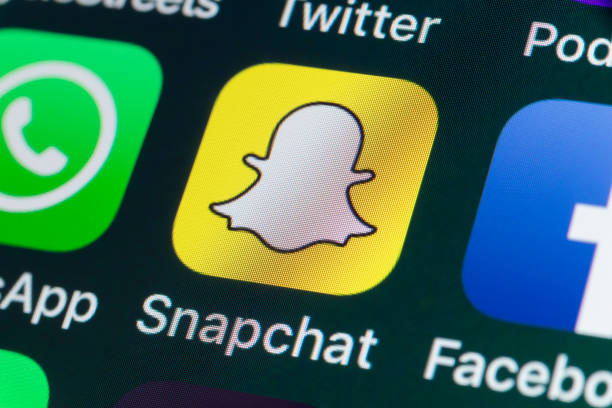Since Snapchat became the ‘in thing’ for teenagers, it has taken over their lives. Practically every teen spends hours sending their friends pics as a method of chat. But, is it healthy? Should we be encouraging in person communication?
In today’s digital age, social media platforms like Snapchat have become an integral part of teenage culture, offering a convenient and instantaneous way to connect, share, and communicate with peers. While these platforms have undoubtedly revolutionised the way we interact, there are growing concerns about the impact of excessive screen time and the decline of face-to-face communication among teenagers.
The rise of Snapchat among teenagers
Snapchat, with its disappearing photo and video messages, filters, and streaks, has gained immense popularity among teenagers worldwide. The platform’s emphasis on visual communication, spontaneity, and self-expression appeals to teenagers’ desire for social connection and validation. It’s almost a need among teens.
Concerns about excessive screen time
One of the primary concerns surrounding the teenage Snapchat craze is the amount of time teenagers spend glued to their screens. Excessive screen time has been linked to a host of negative effects on physical and mental health, including sleep disturbances, eye strain, sedentary behaviour, and increased risk of anxiety and depression.
Decline of face-to-face communication
Another worrying trend associated with the teenage Snapchat craze is the decline of face-to-face communication. With constant access to smartphones and social media, many teenagers prefer communicating through digital channels rather than engaging in real-life conversations. This shift away from in-person communication can hinder the development of social skills.
Impact on mental health and well-being
The reliance on digital communication channels like Snapchat can also take a toll on teenagers’ mental health and well-being. Constant exposure to images and videos on social media can lead to feelings of inadequacy, low self-esteem, and social comparison. Moreover, the pressure to maintain streaks and garner likes can contribute to validation-seeking.
Fostering healthy communication habits
While social media platforms like Snapchat can be valuable tools for staying connected with friends and peers, it’s essential to foster healthy communication habits and strike a balance between online and offline interactions. Encouraging teenagers to engage in face-to-face conversations, spend time outdoors, and participate in group activities can help.
The teenage Snapchat craze has undoubtedly transformed the way teenagers communicate and interact with each other, offering new opportunities for connection and self-expression. However, concerns about excessive screen time, the decline of face-to-face communication, and the impact on mental health highlight the need for moderation and balance.
By promoting healthy communication habits and fostering meaningful offline connections, parents, educators, and caregivers can help teenagers navigate the digital landscape responsibly and cultivate positive relationships both online and offline. Teaching them to be safe online is the most important lesson you can give to the digital youth.







